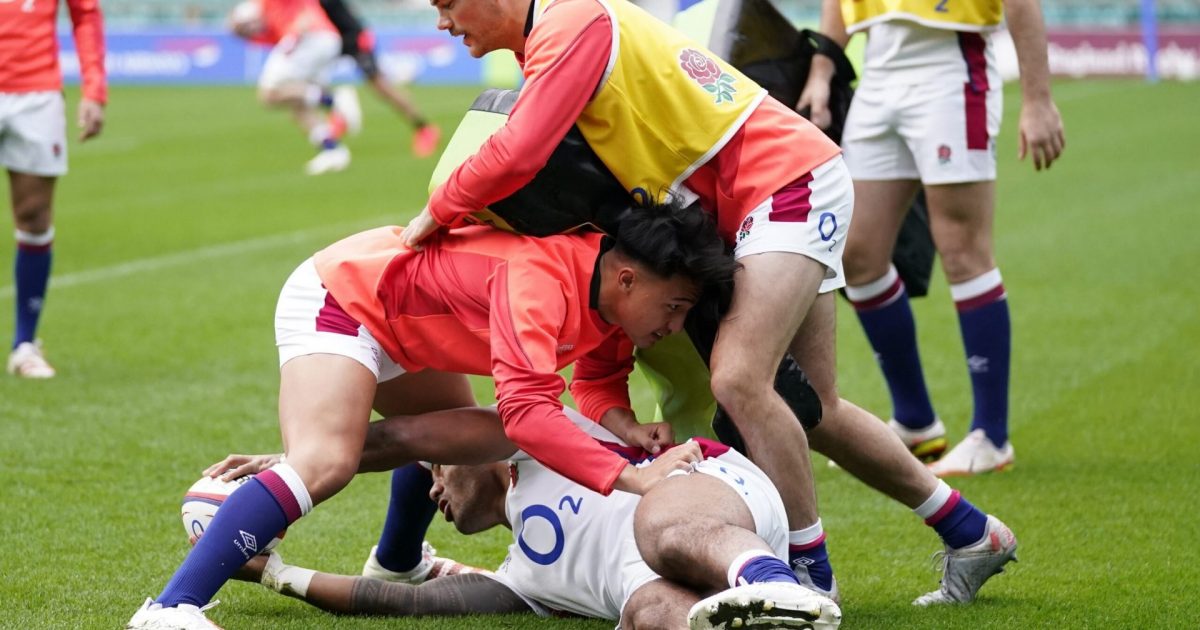World Rugby issue Law clarification on back of England Rugby request

World Rugby have issued a Law clarification on back of an England Rugby request, relating to rucks and loose balls in open play.
Eddie Jones England want to know exactly when a player can ‘dive on a ball’ as players are not allowed to fall onto a ball as it emerges from a ruck.
In open play, players can traditionally dive on or ‘fall on’ a ball.
A statement from the governing body reads: “England Rugby have asked for clarity relating to when a ball is deemed to be leaving/emerging from a ruck and when such a ball can be dived on to claim control of the ball.
“Law 15 describes how a ruck ends, and says a player cannot fall onto the ball, but we seek clarity on when a player is legally entitled to dive onto the ball?”
Relevant law wordings
Law 15.16: “Players must not: d) Fall over the ball as it is coming out of a ruck.”
Law 15.18: “A ruck ends and play continues when the ball leaves the ruck or when the ball in the ruck is on or over the goal line.”
Definitions: Near = within one metre.
The ball is leaving/emerging from the ruck when it is in motion away from the ruck, or when the ball is sitting just beyond the hindmost player.
ADVERTISEMENTThis becomes relevant when determining if a player can fall onto the ball so that player can comply with law 15.16.
In being consistent with other areas of Law (Scrum law 19.38a, tackle law 14.8d), we determine that the player can only dive onto such a ball if it is more than 1m away from the ruck it has emerged from. ‘Near’ is defined in law as being “within one metre.”
If the ball has left the ruck, then the ruck is over, and the ball is out. Providing a player comes from an onside position and does not dive onto the ball if it is within 1m of the ruck, they may play the ball.
The question of course is whether it was a fair dinkum from Jones and England, or whether they trying to draw an attention to particular Scottish habit around the ruck?





































































